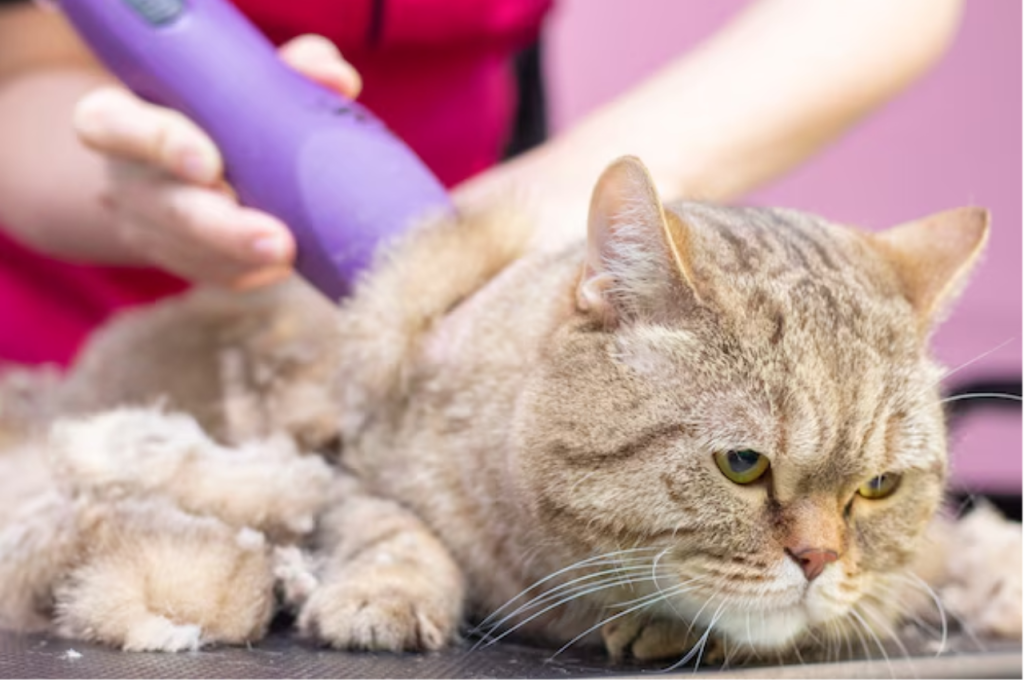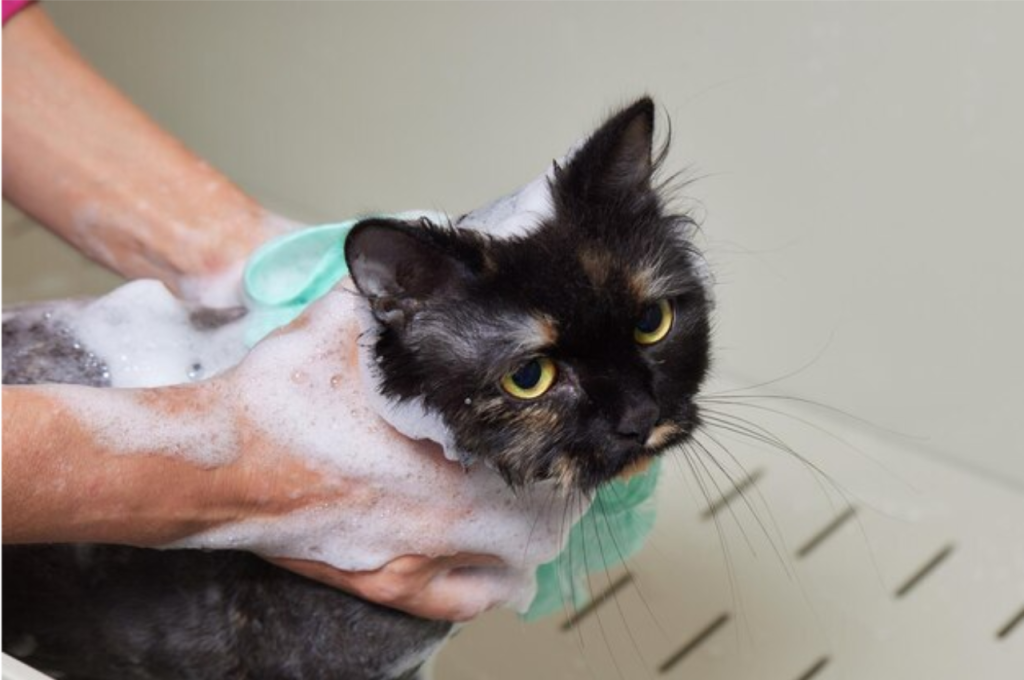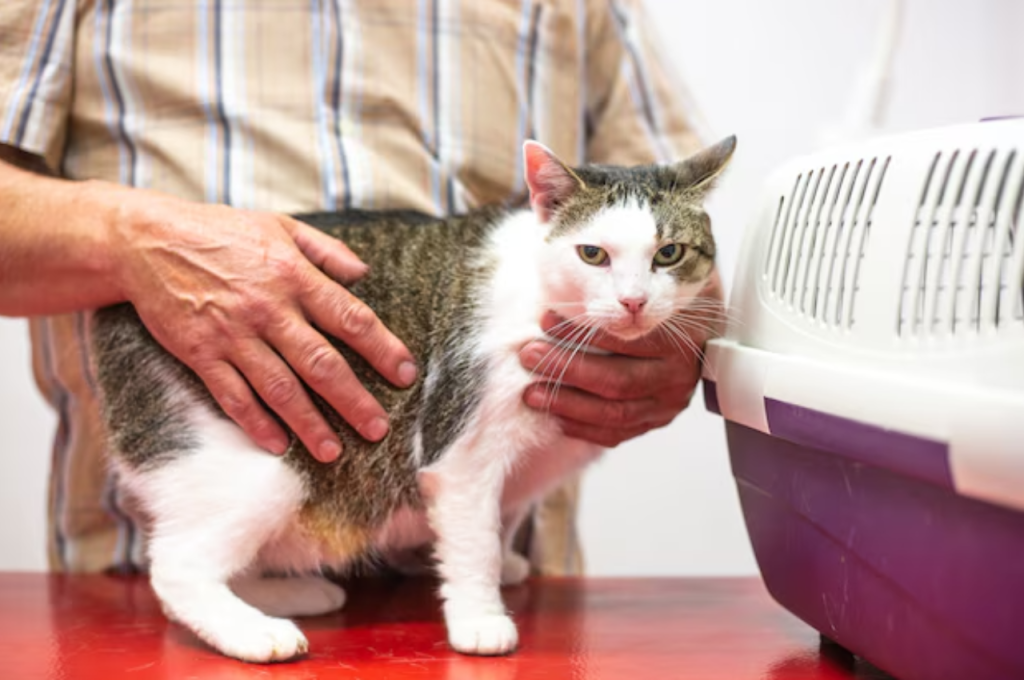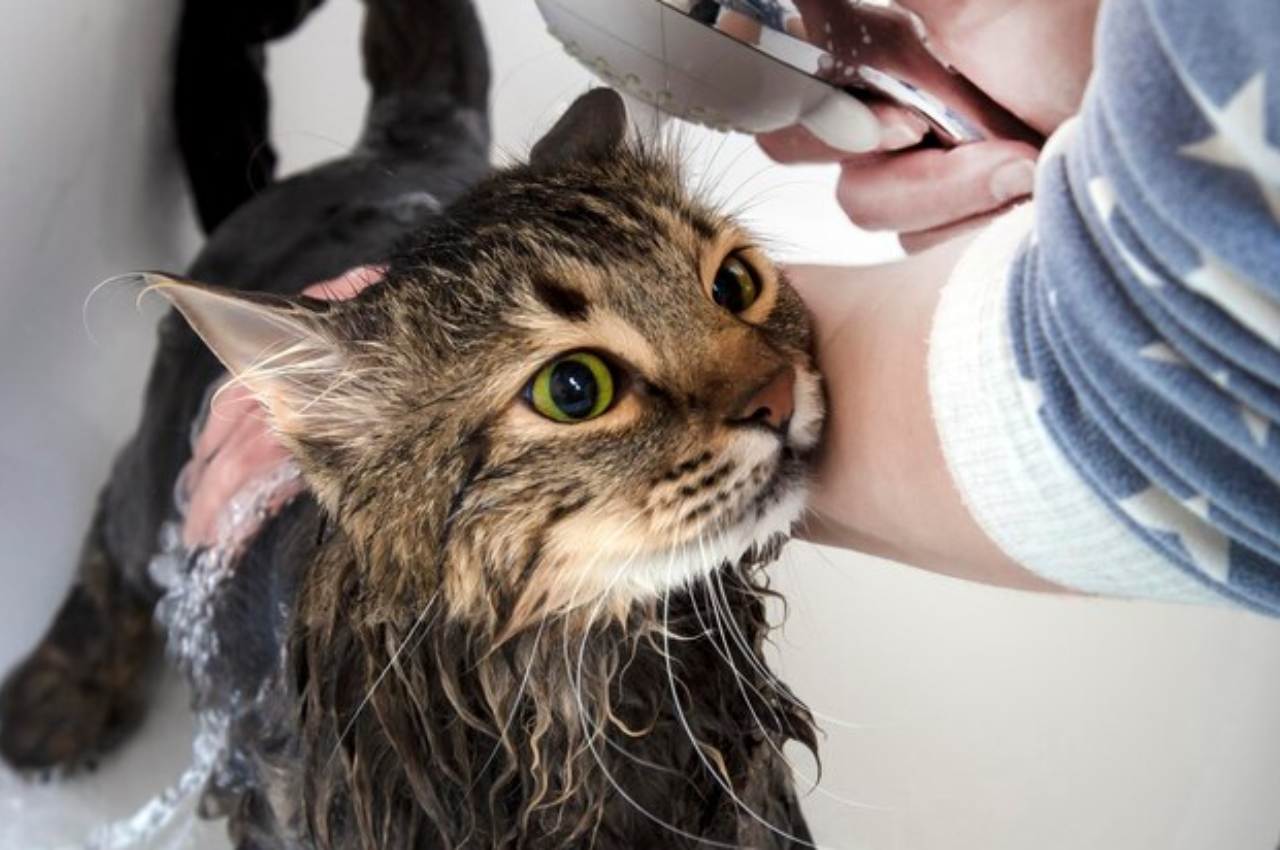To groom a cat that hates it, start slow and use positive reinforcement with treats. Gradually increase handling to desensitize.
Grooming sessions should be short and calm, focusing on areas the cat tolerates. By creating a positive experience, the cat’s aversion may lessen over time. Understanding the cat’s body language is crucial for successful grooming. Now, let’s explore effective strategies for grooming a reluctant feline.
Introduction to Feline Grooming Challenges
Grooming a cat can be a challenging task, especially when your feline friend strongly dislikes the process. Understanding the reasons behind a cat’s aversion to grooming and the significance of regular grooming can help in finding effective ways to make the experience more pleasant for both the cat and the owner.

Why Some Cats Despise Grooming
- Fear: Some cats may have had negative experiences with grooming in the past, leading to fear and anxiety about the process.
- Sensitivity: Cats have sensitive skin, and if they experience discomfort or pain during grooming, they may develop a strong aversion to it.
- Lack of socialization: Cats that have not been properly socialized to grooming activities as kittens may find the experience stressful and overwhelming.
The Importance of Regular Grooming
- Health: Regular grooming helps prevent matting, skin infections, and other health issues, promoting the overall well-being of the cat.
- Bonding: Grooming provides an opportunity for bonding between the cat and its owner, strengthening their relationship.
- Prevention: Routine grooming allows for early detection of lumps, bumps, or skin abnormalities, enabling timely veterinary intervention if needed.
Recognizing Stress Signals in Cats
Recognizing stress signals in cats is crucial when grooming a cat that hates it. Cats can exhibit various signs of stress and anxiety, and understanding these signals is the first step in creating a grooming routine that is as stress-free as possible for your feline friend.
Common Signs of Stress and Anxiety
Cats may display common signs of stress in various ways, including excessive grooming, hiding, aggression, excessive vocalization, and changes in appetite or elimination habits. It’s essential to observe your cat’s behavior closely to identify these signs.
Understanding Your Cat’s Tolerance Levels
Understanding your cat’s tolerance levels during grooming is crucial. Each cat has a different threshold for handling grooming sessions, and it’s important to respect their limits. Pay attention to their body language and reactions to determine when they’ve had enough.
Preparation is Key
Choosing The Right Tools
When grooming a cat that dislikes the process, selecting the appropriate tools can make a significant difference in their comfort level. The right tools can minimize stress and make the grooming experience more pleasant for both you and your feline friend.
Creating a Calm Environment
Before initiating the grooming session, it’s crucial to establish a peaceful atmosphere that will help to alleviate your cat’s anxiety. By setting the stage for relaxation, you can greatly increase the chances of a successful grooming experience.
Step-by-step Grooming Guide
Discover a step-by-step grooming guide for cats that resist grooming sessions. Learn effective techniques to calm and groom your cat with ease, ensuring a stress-free grooming experience for both you and your feline companion.
Cats are known for their cleanliness, but sometimes they need a little help in the grooming department. However, grooming a cat that hates it can be a challenging task. This step-by-step guide will help you groom your feline friend without causing undue stress. Here’s how to get started:
Starting with Gentle Brushing
The first step in grooming your cat is to start with gentle brushing. Use a soft-bristled brush and start at the head, working your way down to the tail. Be sure to brush in the direction of the hair growth. If your cat becomes agitated, stop for a moment and try again later. Gradually increase the length of your brushing sessions as your cat becomes more comfortable.
Managing Mats and Tangles
Mats and tangles can be painful for cats, so it’s important to manage them as soon as possible. Use a comb to gently tease out any mats or tangles. If the mat is too large or too close to the skin, do not attempt to remove it yourself. Instead, take your cat to a professional groomer or veterinarian.
Nail Trimming Basics
Nail trimming is an important part of cat grooming. However, many cats are afraid of having their nails trimmed. To make the process easier, start by getting your cat used to having their paws handled. Once your cat is comfortable with this, use a pair of cat nail clippers to trim the tips of their nails. Be sure to avoid cutting the quick, which is the pink part of the nail that contains blood vessels and nerves.
In conclusion, grooming a cat that hates it can be a daunting task. However, with patience and persistence, you can make the process easier for both you and your cat. By following this step-by-step guide and starting with gentle brushing, managing mats and tangles, and learning nail trimming basics, you can keep your feline friend looking and feeling their best.
Bathing Techniques for The Reluctant Cat
Grooming a cat that hates baths can be a daunting task, but there are techniques that can make the process easier. Starting with a calm environment and using treats can help encourage your reluctant cat to tolerate the bath. Gradually introducing water and using a gentle touch can also make the experience more pleasant for your feline friend.

When is a bath necessary?
- Fleas, dirt, or skin issues are signs a bath is needed.
- Consult a vet for guidance on bathing frequency.
Minimizing water exposure
- Use a damp cloth for spot cleaning.
- Waterless shampoos are ideal for quick freshening up.
Drying strategies
- Pat dry with a towel gently.
- Use a low-heat setting on a hairdryer from a distance.
- Provide a warm environment for natural drying.
Remember, patience and gentleness are key when grooming a cat that dislikes baths.
Positive Reinforcement and Rewards
To groom a cat that hates it, use positive reinforcement and rewards to create a pleasant experience. Offer treats and praise during grooming sessions to encourage cooperation and build a positive association with the process. This approach helps reduce stress and fear, making grooming more enjoyable for your feline friend.
The Role of Treats and Praise
Positive reinforcement and rewards play a crucial role in grooming a cat that hates it. Treats and praise are effective tools to encourage good behavior. Treats should be irresistible, like small pieces of tuna or chicken. Praise should be enthusiastic and immediate.
Building Positive Associations
Ensure grooming sessions are short and positive. Start by introducing the brush or comb without using it. Gradually associate it with treats and praise. Consistency is key in creating positive associations. Avoid forcing the cat and always end on a positive note. By incorporating positive reinforcement and rewards, grooming can become a pleasant experience for a cat that dislikes it. Consistent use of treats and praise will help build a positive association with grooming.
Handling Aggression and Fear
To groom a cat that hates it, start by creating a calm environment and using positive reinforcement. Gradually introduce grooming tools and keep sessions short to reduce fear and aggression. Additionally, try desensitizing the cat by gently touching and handling its paws, ears, and body to build tolerance over time.
De-escalation Techniques
Grooming a cat that hates it can be a daunting task. But when aggression and fear come into play, it can become overwhelming and even dangerous. The key is to remain calm and patient, and to use de-escalation techniques to help soothe your cat. One technique is to use a soothing tone of voice and gentle petting to help calm your cat down. Keep your movements slow and deliberate, and avoid sudden movements that may startle your cat. You can also try distracting your cat with toys or treats to redirect their attention away from the grooming process.
When to Take a Break
It’s important to know when to take a break during the grooming process, especially if your cat is exhibiting signs of aggression or fear. This can help prevent any further escalation and allow your cat to calm down. Some signs to watch out for include hissing, growling, swatting, and flattening ears. If you notice any of these behaviors, stop grooming and give your cat some space. You can try again later when they are more relaxed. Taking breaks can also help you avoid getting injured by a frightened or aggressive cat. Remember, your safety is important too.
Summary
Handling aggression and fear when grooming a cat can be challenging, but it’s important to remain calm and patient. De-escalation techniques such as using a soothing tone of voice and gentle petting can help calm your cat down. Knowing when to take a break and giving your cat space can also prevent any further escalation. Remember to prioritize your safety and your cat’s well-being throughout the grooming process.
Professional Groomers and Veterinary Help
For cat owners dealing with a feline that despises grooming, seeking professional groomers and veterinary help can be a game-changer. With their expertise, they can offer valuable tips and techniques to make the grooming process less stressful for both the cat and the owner.
When to Seek Professional Assistance
If your cat is showing aggression or extreme discomfort during grooming sessions, it may be time to seek the help of a professional groomer or veterinarian. Professional groomers have the experience and expertise to handle difficult cats, and can often provide a stress-free grooming experience. Additionally, veterinarians can help identify any underlying health issues that may be causing your cat’s aversion to grooming.
Benefits of Professional Grooming
Professional grooming offers several benefits for both you and your cat. Firstly, it ensures that your cat’s coat and skin are healthy and free of matting and tangles. Secondly, professional groomers are trained to handle cats safely and effectively, minimizing the risk of injury or stress. Finally, professional grooming can help identify any skin or coat issues early on, allowing for prompt treatment and prevention of more serious health issues. If you’re struggling to groom your cat, don’t hesitate to seek the help of a professional groomer or veterinarian. With their expertise, you can ensure that your cat stays healthy and happy, and that grooming sessions are stress-free for everyone involved.
Maintaining a Routine
Maintaining a routine can be challenging when grooming a cat that hates it. However, with patience and gentle techniques, you can gradually introduce grooming sessions into your cat’s routine. By creating a calm environment and using positive reinforcement, you can help your cat become more comfortable with grooming over time.

Establishing a Regular Grooming Schedule
- Cats that hate grooming can benefit from a consistent routine.
- Set aside a specific time each day for grooming sessions.
Adjusting Your Approach as Needed
- Observe your cat’s behavior and adjust your grooming technique accordingly.
- Be patient and gentle to build trust with your cat.
- Use treats to create positive associations with grooming.
- Introduce grooming tools gradually to help your cat get used to them.
- Take breaks if your cat becomes stressed or agitated.
- Reward your cat for good behavior during grooming sessions.
Conclusion
Grooming a cat that hates it can be a challenging task. However, with patience, understanding, and the right techniques, it is possible to make the grooming experience more tolerable for your feline friend. By following the tips provided in this blog post, you can help reduce stress and make grooming a positive and enjoyable experience for both you and your cat.
Remember to take things slowly, use positive reinforcement, and seek professional help if needed.
